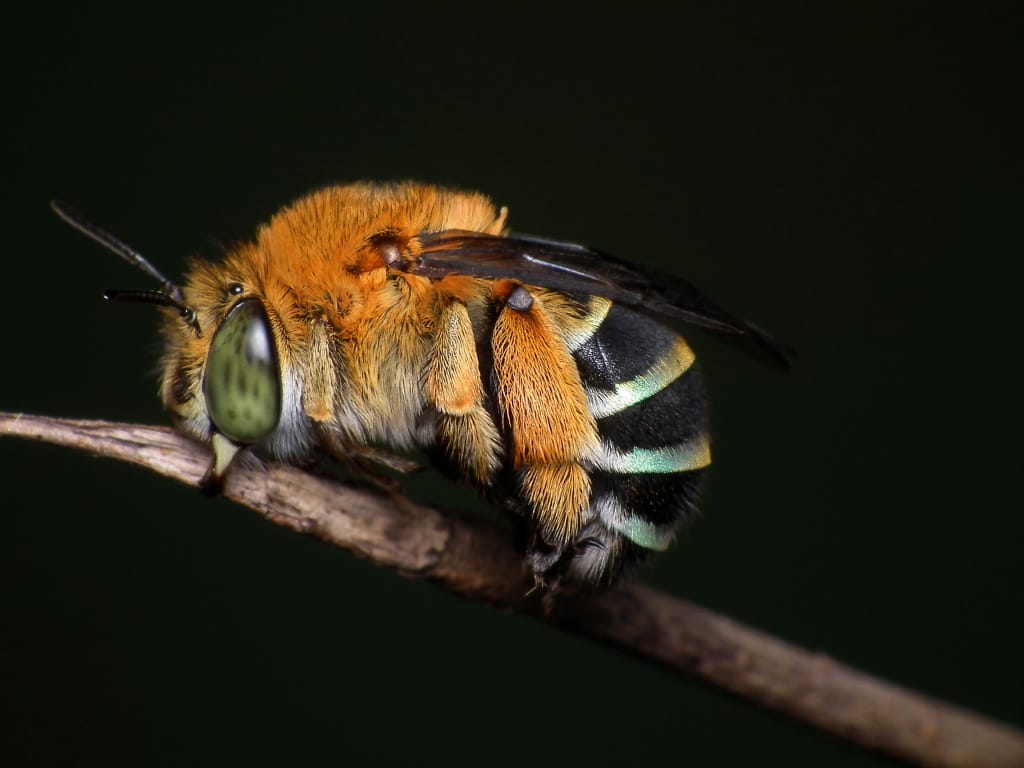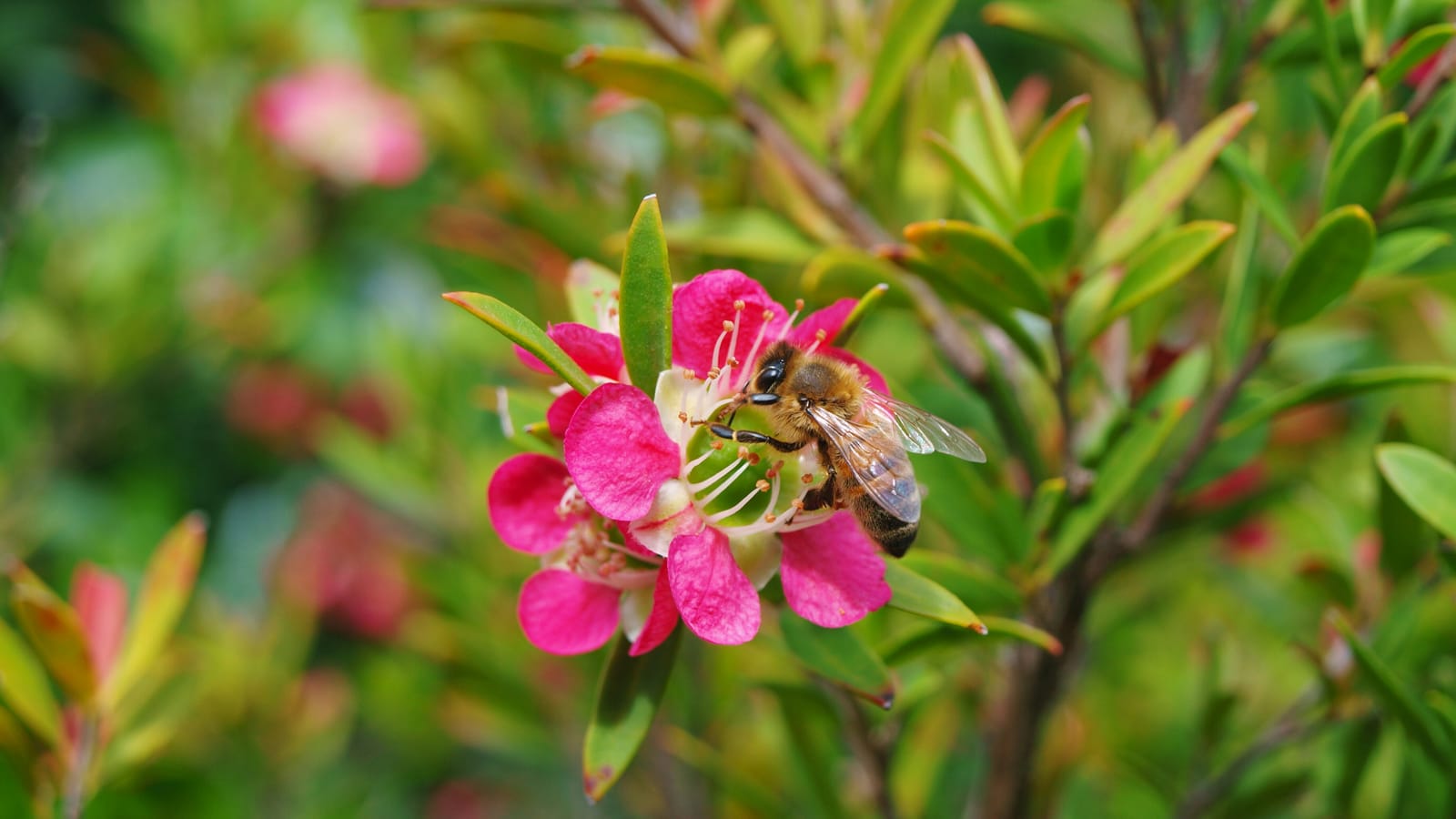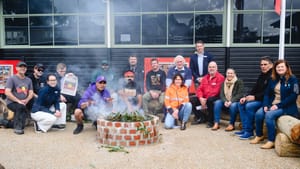With Zavier Evans
Living off of flowers is a tricky business, even for insects who have made it their sole survival strategy. The main limitation is that the food is only available for the short season the plants are in flower, and to survive, insects must store this food somehow to nourish their colony during the rest of the year. The native Australian honeypot ants solve this problem by using some of their numbers as living jars. These specialised workers, known to entomologists as repletes, never leave the nest. When foraging workers return full of nectar, they feed it to a replete, which swells until its abdomen becomes the size of a large pea. Its tiny head and legs project to one side, and it can no longer crawl about, instead hanging from the roof of its chamber in rows with hundreds of its brethren. When the nectaries dry up, the active workers of the colony visit these unfortunate souls and caress the repletes with their antennae until they regurgitate droplets for them. Such is the way of the honeypot ant.

The more well known larder forming insect is, of course, the European Honeybee. Native Australian bees are generally solitary, and do not form hives, feeding on pollen more than nectar. Indeed, their specialisation toward pollen rivals that of honeybees, and some plants rely on native bee symbiotes for pollination. Take the genus solanum, including tomatoes and more to our point, kangaroo apples and black nightshade. Pollen producing plant parts, known as anthers, generally release pollen by splitting lengthways and letting it shower out. Solanums, however, release pollen a few grains at a time from a small opening in the tip of the anther. To native bees, this is simply not enough. When they land on such a flower, our home soil bees will seize the anthers with their front and rear legs, then rapidly pulse their flight muscles without using their wings. The result, as David Attenborough describes it, is pollen pouring from the tip "like salt from a vigorously wielded salt cellar". As a quick aside, blue banded bees, a species found in our local area, developed another interesting way to get at particularly pestiferous pollen. Simply put, they bang their head against it at a rate of 350 times per second.
Buzz pollination is vital for our local ecosystems. You may be aware of the issue of coastal tea tree encroachment in our coastal bushland. A contributing factor to this is that coastal tea tree can be pollinated by introduced (but still very important) European Honeybees, whereas its competitors, like the coast beard heath, require buzz pollination to be fertilised, leading to increased tea tree growth. And now we come, in a roundabout way, to the topic at hand. Varroa mites. You may have heard of bees dying off across the US over the past years, and of Australia's mass exportation of bees to help with their declining populations.
The culprit, Varroa mites.
Australia remained free of these parasites and vectors of bee borne diseases until 2022, when they were found in New South Wales, and they have only spread since, being found in Victoria in August of last year, and a few weeks ago, in Yarram. This may be beneficial to some plants in our native bushland, and to native bee populations, as thankfully the mites do not affect native species, but we can expect to see a severe decline in wild honeybee populations, and a wane in agricultural pollination for species like oranges, which are pollinated largely by commercial hives.
For local beekeepers, the next South Gippsland Beekeepers Club meeting, held at 7pm on 11 September at St Peters Anglican Church Hall in Leongatha, will have one of AgVic's Varroa Development Officers speaking about the next steps and management strategies. To contact Ag Vic, the number is 1800 958 485.






